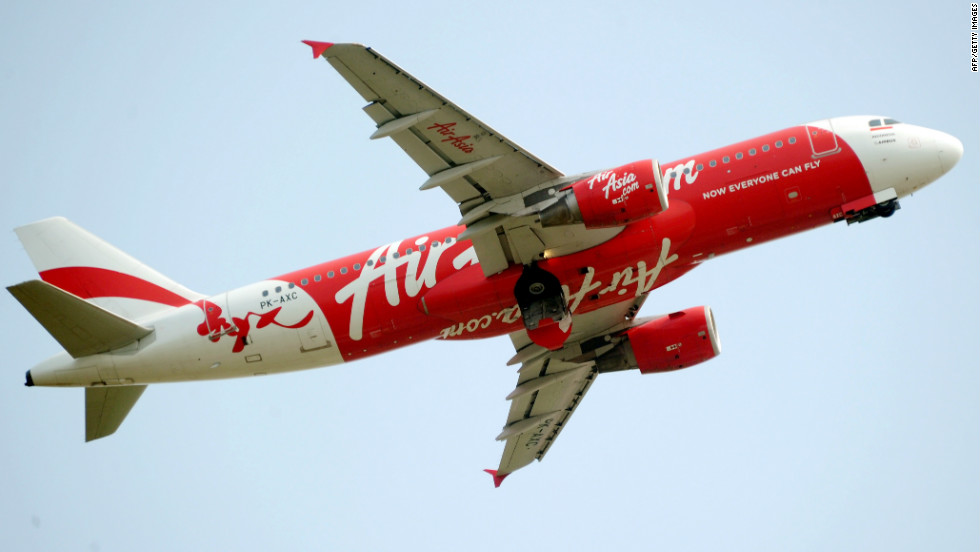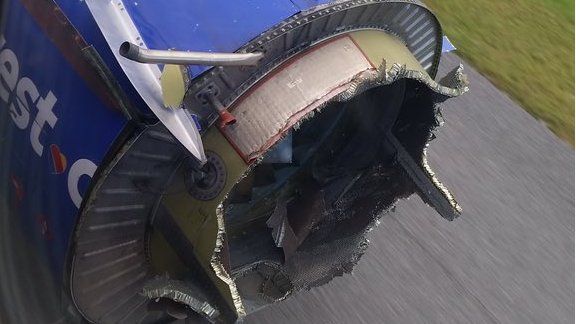Federal police are hunting a lone-wolf radio hoaxer who made 15 illegal transmissions to air-traffic controllers and domestic passenger pilots last month – including one telling a Virgin pilot to abort a landing.
The agencies investigating the incidents believe only one person has made the transmissions by finding a way to tap into the air traffic control frequency and communicate directly with planes and control towers.
AFP hunt for Melbourne air traffic control hoaxer
The Australian Federal Police are investigating a series of hoax calls to air traffic controllers and domestic pilots. Vision courtesy ABC News Melbourne.
Flight data shows the plane came close to the runway at 5.19pm as it approached Tullamarine Airport. Then three minutes later the plane climbed to 3800 feet and started circling over north-west Melbourne – all under orders from the hoax air-traffic controller.
John Lyons, president of Virgin Independent Pilots Australia, said rogue radio transmissions were “a concern” because pilots must obey instructions from air traffic controllers but may not be able to verify who is or isn’t a legitimate controller. A radio hoaxer told a Virgin pilot to abort a landing. Photo: Tian Law
A radio hoaxer told a Virgin pilot to abort a landing. Photo: Tian Law
Later that evening, the hoax caller impersonated the pilot of a light aircraft. He issued a mayday call and pretended to be experiencing engine trouble. The ABC have posted audio where air traffic control personnel are trying to assess the mayday call. An air traffic controller then communicates with the light aircraft which the unauthorised individual is pretending to pilot.
“I can see you there now. Roger your mayday. Could you please advise what your situation is,” the air traffic control operator asks.
“Engine failure,” the hoax caller replies. “Descending passing through 4500.”
Mr Lyons said rudimentary amateur VHF radio equipment could be used in such a hoax.
“It’s not hard for someone to obtain,” he said. “There’s a lot of people that spend a lot of time observing aircraft at airports, and many of them have radios that monitor frequencies. But most of them just listen.
“In a worst case scenario, an aircraft will be told to go around, but there’s an aircraft on a runway crossing that runway.”
Mr Lyons said rogue transmissions also pose a risk because if someone pretends to be a pilot issuing a distress call, that call gets top priority from traffic controllers.
The union boss, who was a pilot for 48 years, said rogue broadcasters would have to be close to a plane in order to tell it to turn around.
“Normally VHF would require them to be in line of site of the aircraft,” he said.
Mr Lyons said the investigating agencies were doing everything they could to eliminate safety risks.
The Australian Federal police are yet to make any arrests in relation to the incidents. Also investigating are the Australian Communications and Media Authority and Airservices Australia – a government-owned ‘air navigation’ company.
None of the three agencies would comment further last night. Sources said this was for fear of copycat amateur radio operators trying to do the same thing.
However, Fairfax Media understands it is relatively easy to track rogue radio transmissions – but only when the signal is live. It is not known if authorities made attempts to track the rogue transmitter while he was making fake broadcasts.
Police warn the offender could face 20 years in jail. The incidents happened to controllers and pilots at or near Tullamarine and Avalon airports.
The AFP’s head of Crime Operations, acting Assistant Commissioner Chris Sheehan, said today the public could be assured there was no risk to safety.
However the ABC reported on Monday night that a Virgin Australia passenger flight from the Gold Coast to Melbourne aborted its landing only 80 metres from the tarmac on October 27. According to the ABC the incident happened around 5:00pm on October 27. The aircraft changed its altitude and course under the instruction of the unauthorised person transmitting from an unknown location.
“These incidents are being thoroughly investigated by the AFP, with technical support from the ACMA,” says Assistant Commissioner Chris Sheehan.”The airlines have been briefed to ensure the advice has been passed on to their pilots and to ensure appropriate measures are in place.”
Aircraft do not use encrypted frequencies like police because air traffic control need to respond quickly to incidents and have planes coming in from interstate as well as overseas. To move all aircraft in Australia to an encrypted system would be very costly.
At Leeds-Bradford airport in Britain in 2010, investigators from the airport’s anti-terrorism Project Griffin probed two incidents of hoaxers – or ‘pirates’ – trying to communicate with planes which were landing or taking off.
All airlines have individual call signs and all air traffic controllers use special VHF frequencies – but all this information is freely available online.
According to Australia’s Aviation Transport Act, interfering with aircraft navigation facilities or “putting the safety of an aircraft at risk by communicating false information” are in the same class of offence as taking control of an aircraft, damaging an aircraft or planting a dangerous item onboard.
Reported by The Age on 7 November 2016.







